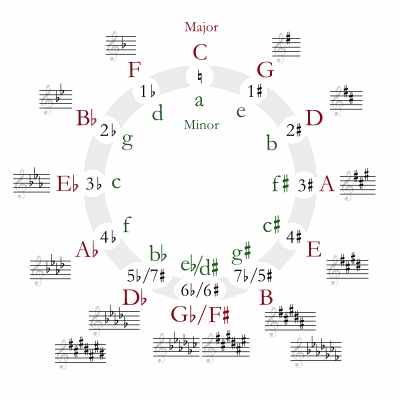Welcome to our forum. A Message To Our New and Prospective Members . Check out our Forum Rules. Lets keep this forum an enjoyable place to visit.
Currently working on errors from the latest (SimplePress) forum update. Many issues have been resoled and others are being worked on. Thank you for your patience.
 Topic RSS
Topic RSS



 (1 votes)
(1 votes) Now that the raffle excitement is done 


The Simple Dorian Patterns thru Circle of 5ths * encourages "swinging" eight notes and/or other jazzy tricks but how would that be worked into some "real" music.
I would like to hear the pattern(s) in a simple chord sequence such as bars of maybe C C D D G7 C (i.e. 6 bars, common time, key of C ). Anybody?
What is significant about "circle of 5ths"? I know what 5ths are but why feature them in the different key signature examples?

* Fiddlerman sheet music
This is so cool!
I only knew about when you look at key signatures, if they are sharps, take the last note of the sharps and go up one then that's the name of that major, e.g., Dmajor has F# and C#, take C go up one note so it is D major. If they are all flats, then go up four notes, e.g., Eflat major has B E & A flats, take A and goes up four notes then it is Eflat major. However, i believe it only works for majors.
1 Guest(s)


 Log In
Log In Register
Register












 Offline
Offline













